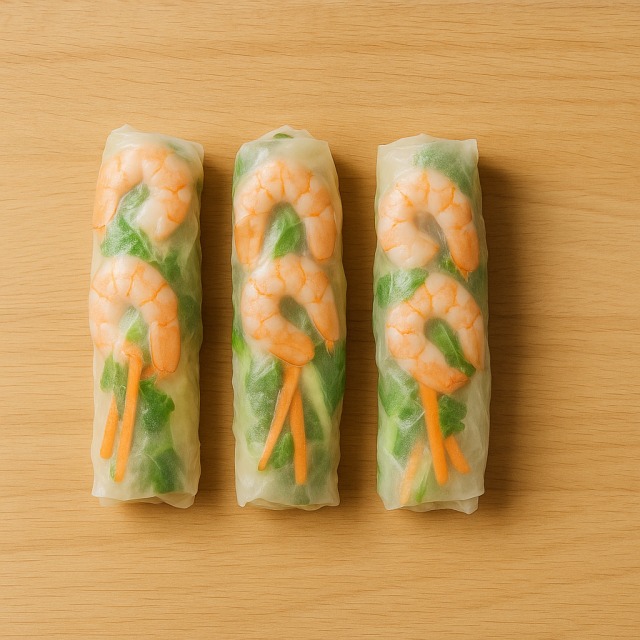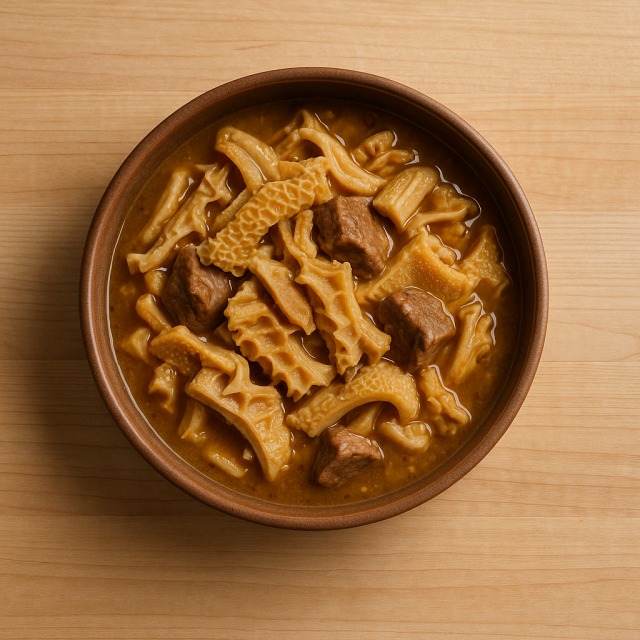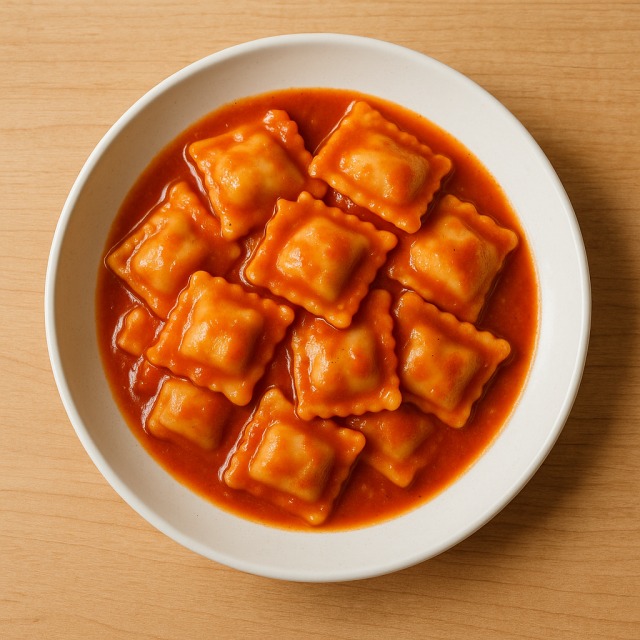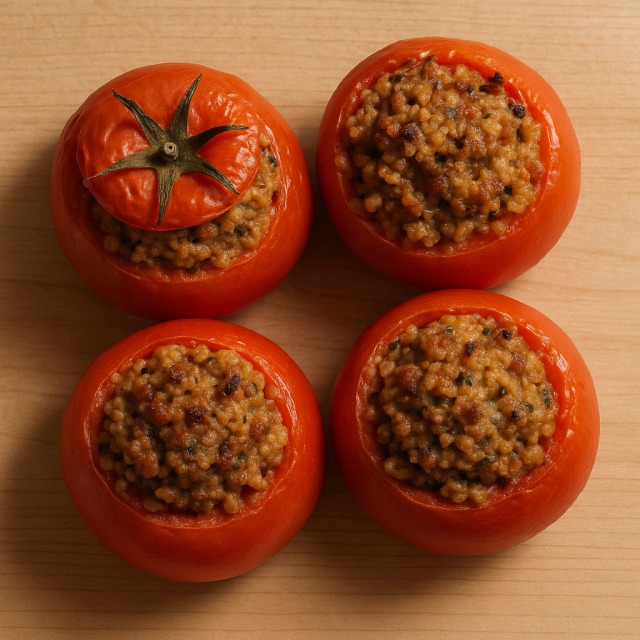Calorie Chart / Recipes / Tajine
How Many Calories Are in Tajine?
Calculation of the nutritional value & Recommended Dietary Intake of tajine
For g and a calorie requirement of kcal
| Calories 410 kcal | Proteins 17 g | Lipids 9.1 g | Carbohydrates 65 g |
| 21% | 23% | 14% | 24% |
Health benefits of tajine
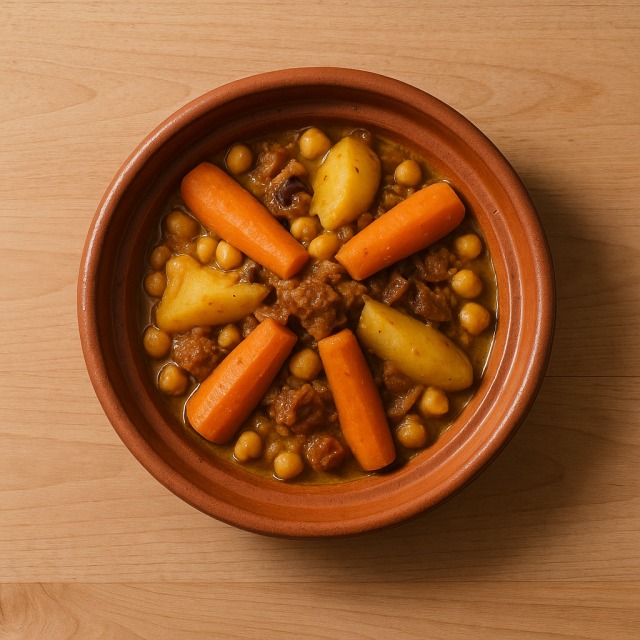
Tajine - 100g
Calories 117 kcal
Proteins 4.8 g
Lipids 2.6 g
Carbohydrates 18.6 g
Tajine is generally considered a moderate-calorie preparation: its long, gentle cooking concentrates flavours without necessarily multiplying calories, yet it remains satisfying thanks to the natural gelatin released by meat and vegetables. Each forkful delivers taste rather than empty calories, making it easier to respect daily calorie targets while enjoying a hearty dish.
The mix of seasonal vegetables (carrot, zucchini, pumpkin, or even eggplant) supplies provitamin A, vitamin C, and potassium, whereas the traditional use of lamb or chicken provides haem iron and vitamin B12. Turmeric and ginger, often present in the spice blend, are renowned for their supposed anti-inflammatory properties; cumin contributes magnesium and manganese. Thanks to its balance of slow carbohydrates from root vegetables and reasonable proteins, tajine helps maintain stable blood sugar and therefore stable calorie expenditure between meals.
Owing to the presence of dried fruits such as apricot or raisin, tajine also delivers a small but valuable dose of copper and polyphenols. The dish is steamed in its own juices, so additional fats are limited and hidden calories are kept under control. Historically, this earthenware cooking method was designed for desert nomads who needed to spare water and fuel; the result is an aromatic meal with limited calorie loss of nutrients.
Tips for incorporating tajine into a balanced diet
To keep the calories of your tajine within a balanced range, favour lean cuts of poultry, reduce added oil to one tablespoon, and rely on spices for flavour. Pair the stew with a small portion of whole-grain semolina or even fibre-rich quinoa; both options soak up the sauce while stretching the plate without exploding calories.
Want more vegetables and fewer calories? Serve tajine on a bed of lightly steamed broccoli florets or sliced carrot. A dash of fresh coriander and a squeeze of lemon will brighten the dish without affecting calories. For athletes looking to raise proteins without extra fat calories, add chickpeas at the end of cooking or sprinkle toasted almond slivers before serving.
In cold weather, alternate tajine with a lighter vegetable option such as ratatouille: you will vary flavours, micronutrients, and calorie intake over the week. Conversely, on training days, complement a tajine with a side of brown rice if you need extra complex carbs—just remember to weigh your portion so the final calories stay within your objectives.
Frequently Asked Questions
- How many calories are in tajine?
- There are 117 kcal per 100 g, which helps you monitor tajine calories accurately.
- Is tajine considered high in calories compared with couscous?
- A classic couscous averages 150–160 kcal per 100 g, so tajine usually brings fewer calories provided the serving size is similar.
- Which meat adds the fewest calories to a tajine?
- Using skinless chicken breast lowers tajine calories the most; lamb shoulder adds flavour but also extra calories from fat.
- Can tajine fit into a weight-loss diet without exceeding daily calories?
- Yes: limit oil, measure portions, and accompany the dish with green vegetables to stay within your calorie allowance.
- Does adding dried fruit increase tajine calories a lot?
- Dates and apricots do raise sugars and thus calories; keeping the quantity to a tablespoon per person keeps overall calories moderate.
Similar foods
Information provided by Calorie Menu may contain inaccuracies or errors. It cannot, under any circumstances, substitute medical advice or medication.

